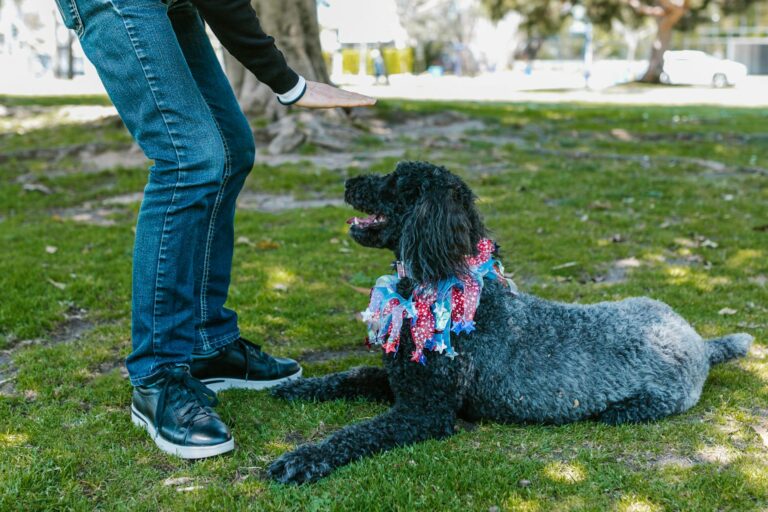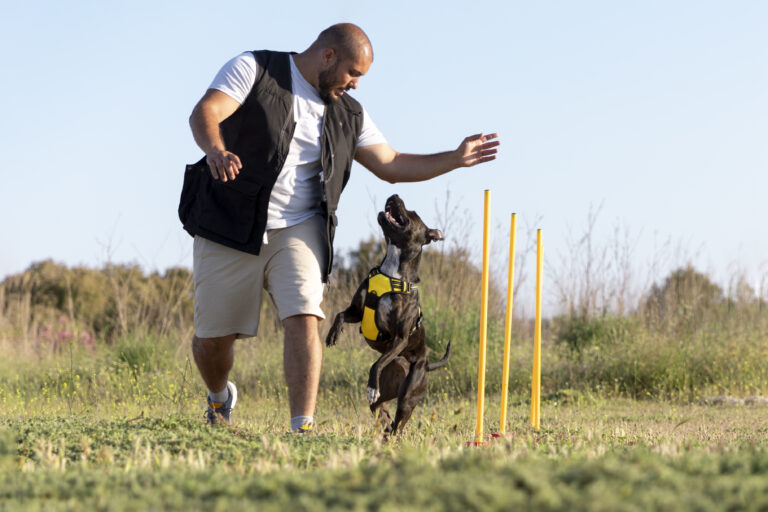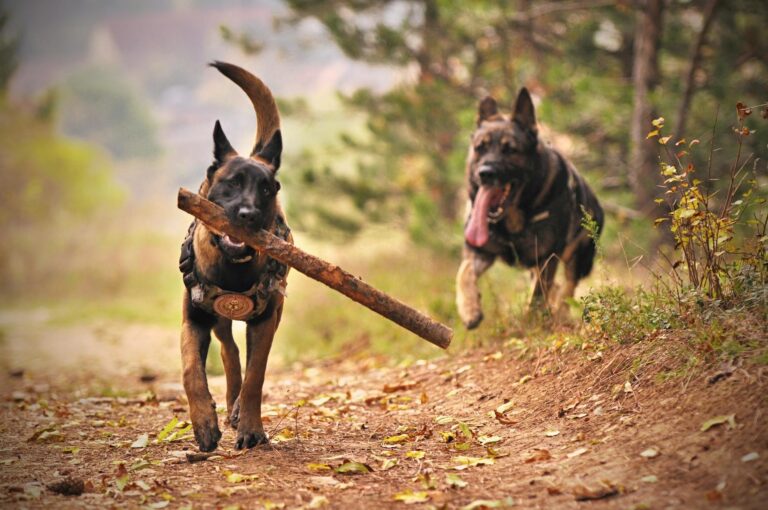The Nose Knows: Unveiling the Fascinating World of Dogs Incredible Senses
Uncover the hidden world of dogs with surprising historical origins, exceptional sensory abilities, and deep emotional connections with humans.
Overview of Dogs’ History and Origins
Dogs have a rich history of being the first animals domesticated by humans, with this special bond dating back around 23,000 years ago during the Ice Age. The diverse origins of different dog breeds, such as Arctic spitz breeds, Middle Eastern sighthounds, and various Chinese dog breeds, showcase the unique characteristics and histories that have evolved over time. Throughout history, human-dog interactions have played a crucial role in shaping the various roles that dogs play in society, ranging from companionship to specialized tasks like search and rescue operations.
For example, the Arctic spitz breeds, known for their thick double coats and endurance in cold climates, have been essential companions for Arctic communities, aiding in hunting and transportation. Similarly, Chinese dog breeds like the Chow Chow, with their distinctive lion-like mane, have a long history as loyal guardians and family pets in China. Understanding the origins and histories of different dog breeds provides valuable insights into the diverse traits and behaviors exhibited by our furry companions.
 The Incredible Sense of Smell in Dogs
The Incredible Sense of Smell in Dogs
One of the most remarkable abilities of dogs is their sense of smell, estimated to be tens of thousands to 100,000 times more sensitive than that of humans. This exceptional olfactory prowess enables dogs to detect scents with incredible accuracy, making them invaluable in tasks such as search and rescue operations and detecting explosives or drugs. Bloodhounds, in particular, are renowned for their precise sense of smell, which is so reliable that their findings are admissible as court evidence.
For instance, in search and rescue missions, dogs like Bloodhounds can follow a specific individual’s scent trail even in challenging terrains, showcasing their unparalleled olfactory capabilities. Dogs can also distinguish between individual scents within a complex odor mixture, demonstrating their sophisticated sense of smell and the potential for various scent-related applications in fields like law enforcement and healthcare.
Debunking Common Myths About Dogs
In the world of dogs, several myths and misconceptions have been debunked over time, shedding light on the true nature of our canine companions. For example, the village in Minnesota that elected a dog as mayor multiple times is a unique historical event, challenging the belief that only humans can hold political positions. Additionally, the phrase “dog days of summer” actually refers to the hottest, most sultry days of summer and not an indication of increased dog activity during that time.
Moreover, the oldest dog breed, the Saluki, with its origins in Ancient Egypt, has a rich historical legacy that predates many modern breeds. By dispelling these myths and misconceptions, we can deepen our understanding and appreciation of dogs’ diverse history, behaviors, and roles in society.
Emotional Intelligence and Bonds Between Dogs and Humans
Dogs and humans share a symbiotic relationship that goes beyond companionship, allowing for the mutual communication of emotions and the development of strong emotional bonds. Children growing up with pets, especially dogs, tend to exhibit better social skills and emotional intelligence, benefiting from the companionship and interactions. Furthermore, dogs provide invaluable emotional support to individuals, aiding in their recovery from trauma or grief by offering unconditional love and companionship.
 Effective Training Strategies for Dogs
Effective Training Strategies for Dogs
Understanding dog behavior is essential for effective training, as it enables owners to communicate clearly with their furry friends. Training tips based on insights from “The Secret Lives of Dogs” book can help owners address common behavioral challenges and strengthen the bond with their pets. Consistent training focusing on positive reinforcement and clear communication creates a harmonious environment for both the pet and the owner.
The Science Behind Canine Communication and Tail Wagging
Dogs communicate through a combination of body language, vocalizations, and subtle cues, allowing them to convey emotions and intentions to other dogs and humans. Signs of happiness in dogs, such as wagging tails, playing with toys, and relaxed body language, indicate their positive emotional state. Additionally, behaviors like tail wagging and aligning with the Earth’s magnetic field before going to the bathroom are linked to their innate sense of direction and spatial awareness.






